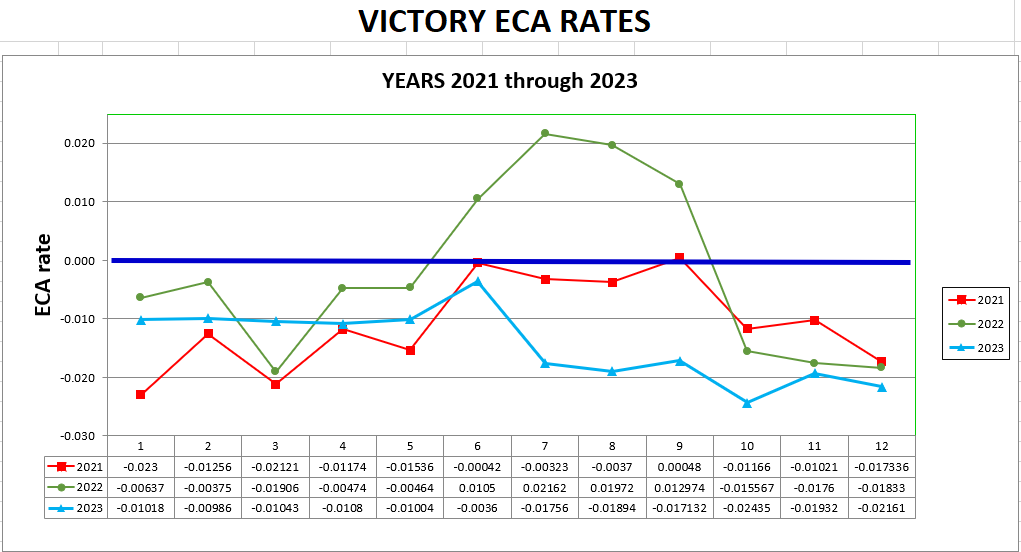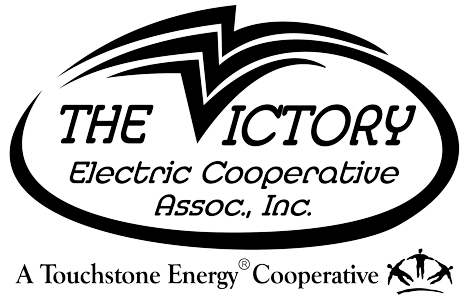Why solar?
Sunflower Electric and Victory Electric depend on a diverse fuel mix of natural gas, coal, wind and solar for generation of the electricity that powers life. Traditional and renewable energy sources are part of Sunflower’s fuel portfolio and help ensure resource adequacy. Sunflower takes a wholistic, all-of-the-above approach to energy generation. Offering an additional source for energy, especially in the hottest days of summer when the system experiences the highest demand, provides a fixed-price hedge against the market price of energy.
Energy markets, weather, natural gas supplies and prices and government energy policies are constantly fluctuating and affect energy costs, as reflected in the following chart showing the Energy Cost Adjustment (ECA), which is a variable charge or credit used to recover variable energy costs. The ECA changes from month to month based on wholesale pricing and the market rate for energy. Natural gas prices spiked in 2022 because of several factors.

Why Dodge City?
Solar irradiance measures the rate at which solar energy falls onto a surface. Kansas has favorable solar irradiance conditions and generous sunshine, especially in the western part of the state — including Dodge City. Due to existing infrastructure in the area, the project will come online faster than comparable projects and avoid potentially costly transmission upgrades.
Will Ford County benefit from this project, or will the electricity it generates be sent out of state?
Sunflower Electric, of which Victory Electric is a member-owner, will be the sole recipient of the power generated by the Boot Hill Solar Project. Sunflower’s six member distribution cooperatives and one wholly owned subsidiary serve members in 58 central and western Kansas counties: Lane-Scott Electric Cooperative, Pioneer Electric Cooperative, Prairie Land Electric Cooperative, Southern Pioneer Electric Company, Victory Electric, Western Cooperative Electric, and Wheatland Electric Cooperative.
What about hail?
Solar panels are more durable and resilient than many people assume and are constructed to withstand severe weather events. Photovoltaic technology also continues to improve. Sunflower Electric’s Johnson Corner Solar Project, which came online in 2020, uses panels that are rated to withstand 2-inch hail with wind up to 80 miles per hour, and the panels that will be used in the Boot Hill Solar Project likely will be rated higher. The solar facility will also use a single-axis tracking system that enables panels to be moved to a more vertical angle, reducing the threat of hail damage.
How will this affect my electricity rates?
The rate you pay for electricity depends on multiple factors. The Boot Hill Solar Project will provide value to members from energy, capacity and transmission savings. As a not-for-profit cooperative, Victory Electric strives to provide reliable electricity at fair rates and to control costs as much as possible. Victory Electric’s energy rates (charges for poles, transformers, metering — also referred to as “wire charges”) have remained the same since 2017. Based on rate data from the U.S. Energy Information Administration, Victory Electric continues to provide some of the lowest electric rates in Kansas.
For additional project information click here.
